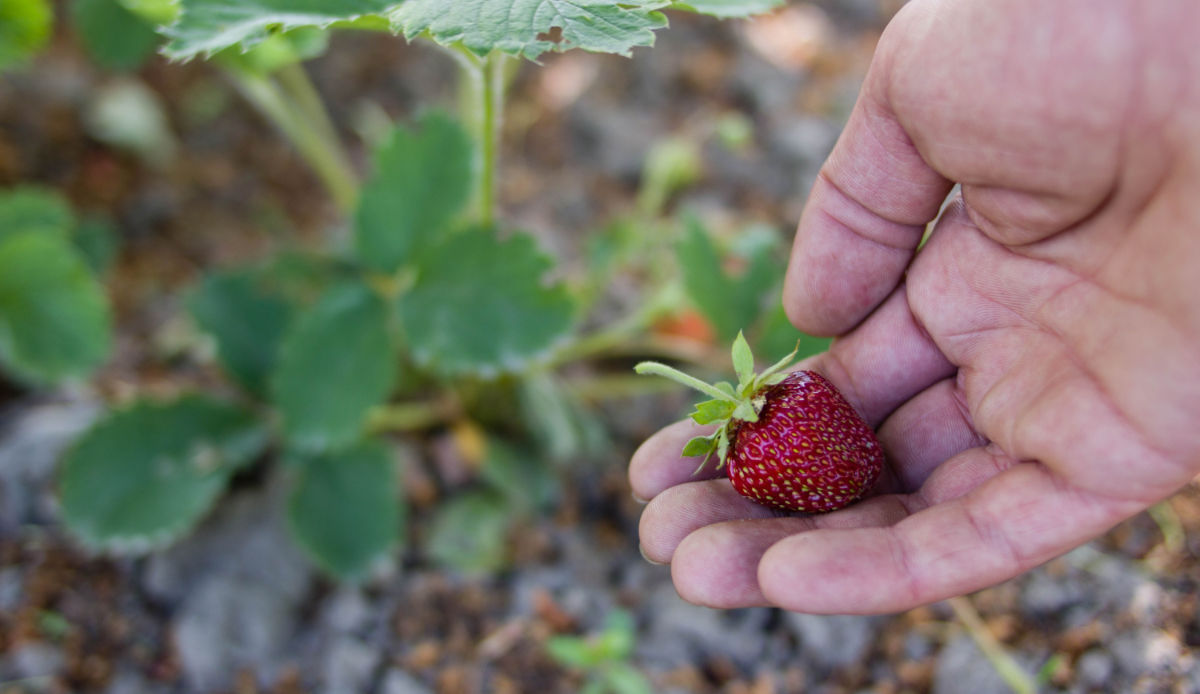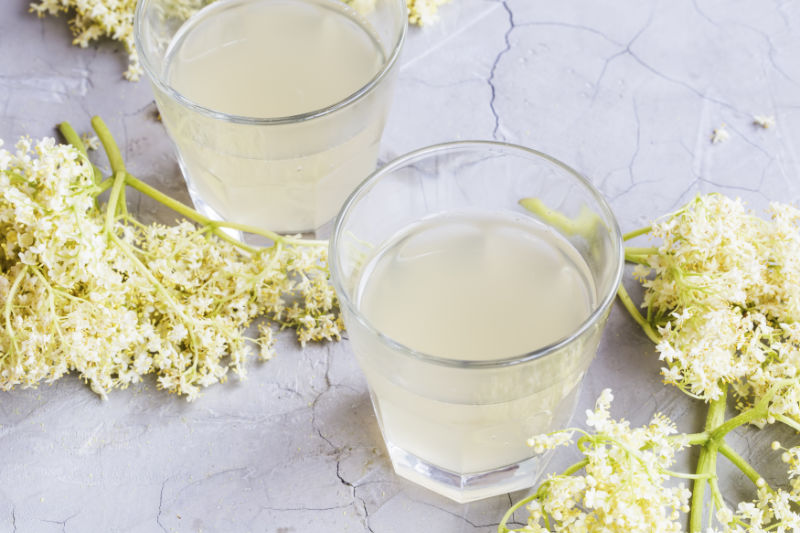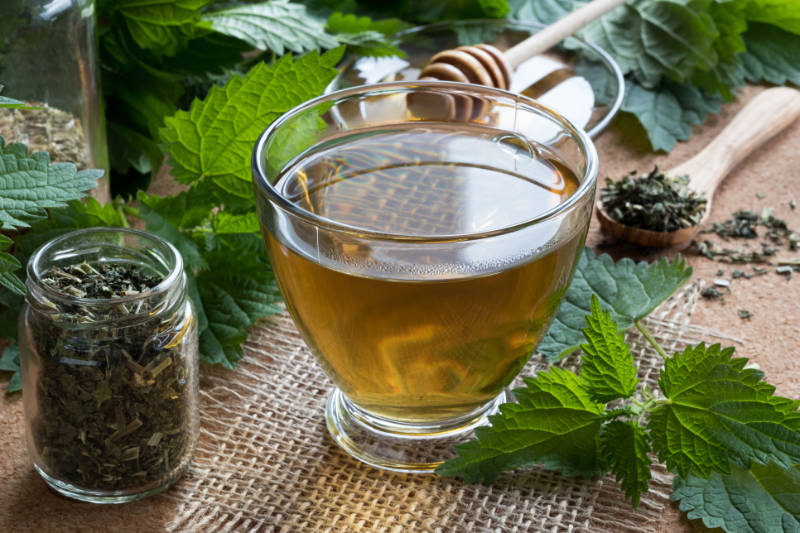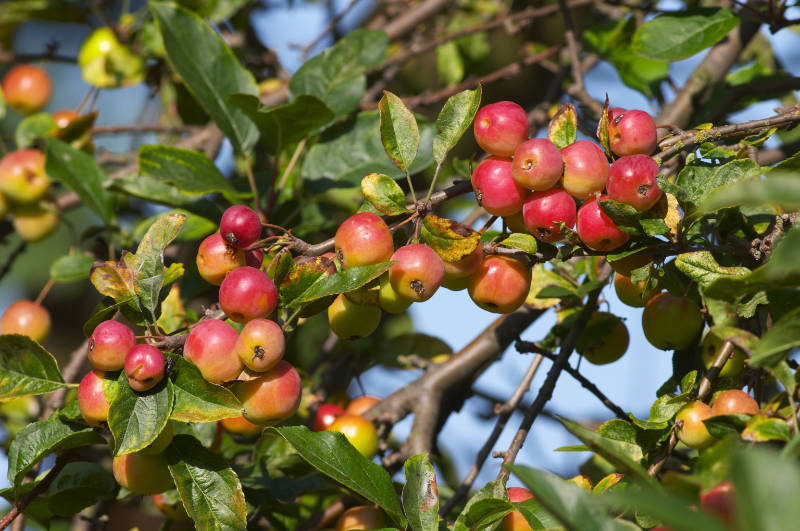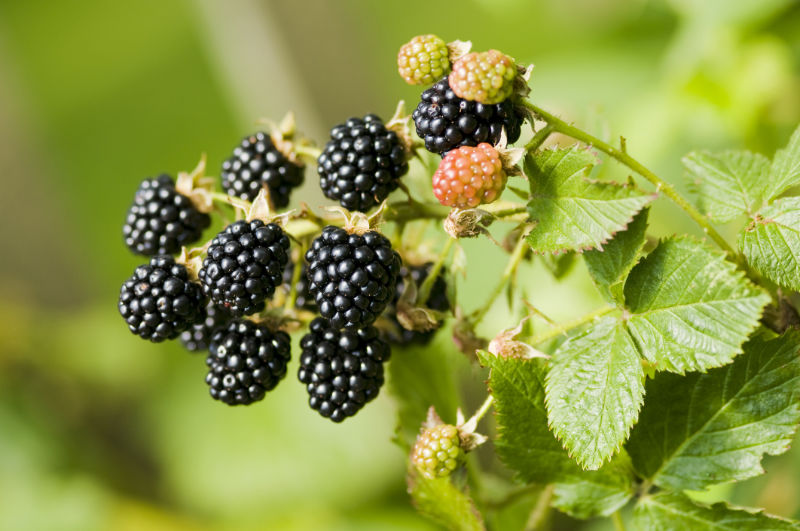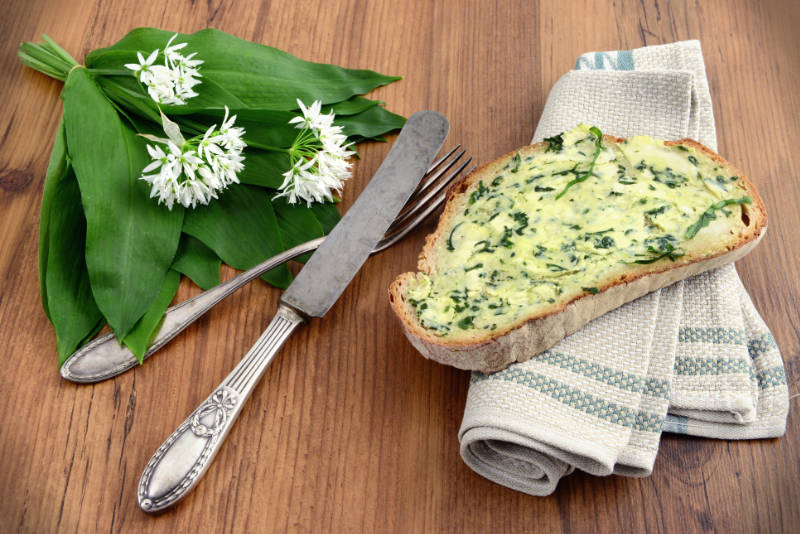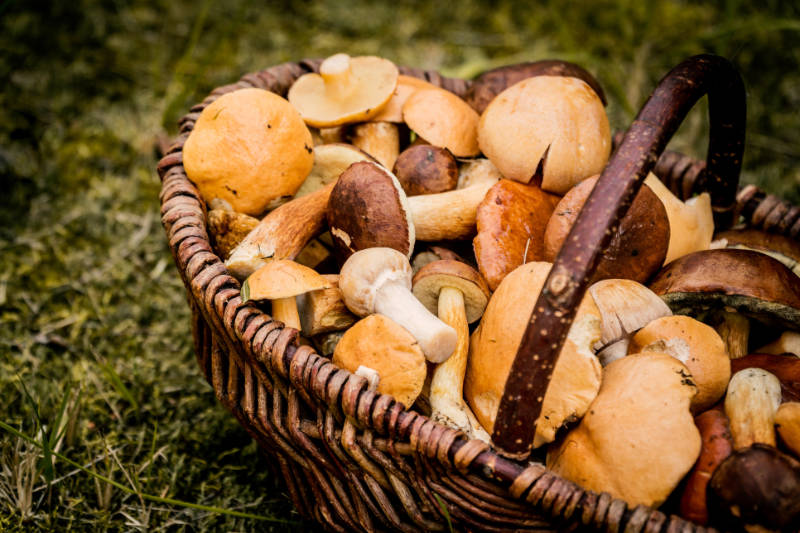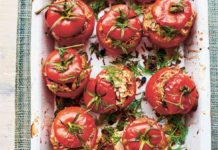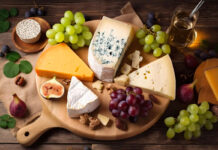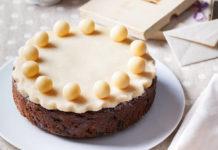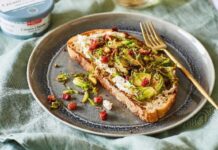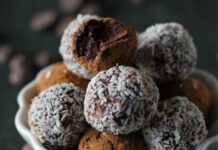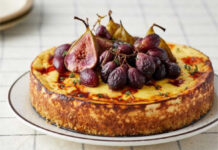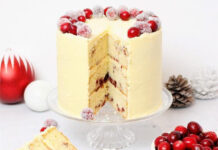Food prices seem to be forever rising but there are some nifty ways to boost the contents of your fridge and the freshness of your diet without hurting your bank account. You just need to know where to look.
Parks, woodland, hedgerows – even the verges of roads and paths – can all provide a free source of food.
So why not grab a basket, locate some green space and go gathering?
7 foods you can forage
Here are seven edible plants to look out for:
1. Elderflower
Buying bottled elderflower cordial can be pricey, but it’s pretty easy to make yourself. And in early summer (May and June), hedgerows are overrun with frothy white sprigs of the flat, star-shaped flowers. Boil the flowers up with water, lemon wedges and citric acid, then leave to cool for a straightforward cordial recipe. There’s even a craze at the moment for deep frying the flowers in tempura, until crisp. Just make sure not to confuse elderflower with cow parsley.
2. Wild strawberries
With white flowers and red fruits, wild strawberries are almost identical to your usual pick-your-own, except they’re rounded and the external seeds are more knobbly. Find them in woodland, low to the ground, then eat with cream or, if you come across a bountiful crop, use in home-made jam.
3. Nettles
These pesky little weeds are everywhere and will happily brush up against your shins, leaving nasty red welts that sting like falling into a red ant nest. However, rip them up, apply heat to the spiky leaves, and they lose their bite. Wilted in a pan with lots of butter they make a good alternative to spinach or kale; brew some up for a cup of nettle tea, or stick with a classic, restorative nettle soup. Just wear gloves when collecting them.
4. Crab apple
Oddly, crab apples tend not to be grown for commercial fruit supply, but you’ll often find the trees used in street planting (the white blossom is a quick fix for smartening up grey urban areas), and they make great jelly – in fact, you can swap them like-for-like in any recipe that includes apples. Start collecting them in late August and September. Some are red, others a more yellow/orange; to determine whether they’re ripe, slice one open and if the pips are brown, it’s ready to eat.
5. Blackberries
From July to September, hedgerows and scrubland become jungly with brambles encrusted with tart blackberries. You’ll pay £3 for a handful in supermarkets, but go for a walk with a couple of Tupperware tubs, and you’ll easily come back with enough fruit for a crumble or two. Avoid picking berries from the branches nearest the ground, though, in case a dog has already marked them as its own…
6. Wild garlic
You’ll know when you’ve come across a patch of wild garlic because it’ll be springtime and you’ll smell it before you even see the crowds of delicate, drooping, bell-shaped white flowers, all swaying atop skinny green stems. More subtle than your usual garlic bulbs from the supermarket, chop up the stems (like you would a spring onion) and chuck into any dish that needs a garlicky hit.
7. Mushrooms
If you’ve seen Into The Wild, you’ll know that eating the wrong berry or leaf can be fatal, and when it comes to mushrooms, the chances of poisoning yourself are much higher than if you’re just snaffling elderflower sprigs. However, if you’re confident you know what species you’re looking for, it’s incredible what types of mushroom you can discover in British woodland, from ceps and giant puffballs, to morels and bright orange birch boletes.
Stay clear of death cap (looks like a field mushroom but has a bronze/green tinge to it), and your classic toadstools, which can cause hallucinations, sickness and death.
Fungi To Be With un mushroom foraging workshops in and around London. Check out to learn which mushrooms are edible and where to find them, Wild Food UK for tips on identifying what you’re picking, too.























































